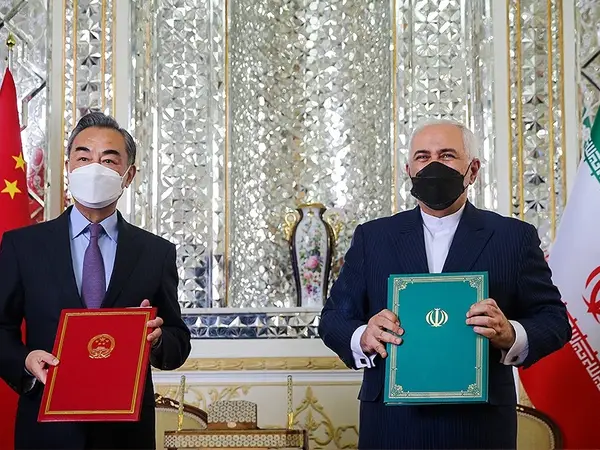An ex-Iranian ambassador has said a new Chinese consulate in Bandar Abbas port city will foster Beijing’s economic presence on Iran’s Gulf of Oman coastline.
Mohammad-Hossein Malaek, former ambassador to China and Switzerland, told the Iranian Labour News Agency (ILNA) that Bejing anticipated a leading role in developing the Makran region, the coastal strip along Iran’s Sistan-Baluchestan province and Pakistan’s Balochistan, where Beijing already has a 40-year multi-billion-dollar agreement with Islamabad to develop Gwadar port.
Malaek added that China's decision to open its consulate in Bandar Abbas is a calculated move as the it will be able to offer support to the many companies that the Chinese expect to establish in Makran as well as those already active in Chabahar Free Trade and Industrial Zone and Bandar Abbas, Iran's most important southern sea transportation hub.
The Iranian cabinet approved the opening of the consulate, China’s first in Iran, December 29. Malaek pointed out that Iran had three consulates in China, which under the Vienna Convention entitled China to same number in Iran.
Majid-Reza Hariri, Chairman of Iran-China Trade Chamber, told ILNA that several agreements were signed during Chinese President Xi Jinping's visit to Tehran in 2016 to establish industrial towns in both the port of Jask, Hormozgan, and in Sistan-Baluchestan.
Hariri said cooperation would expand given 25-year strategic pact between the two countries, and that Chinese investment in south and south-eastern Iran − including oil, gas, petrochemicals, and infrastructure could also expand. Hariri said many Chinese citizens based in Iran lived in the region.
India already has a project for developing the port at Chabahar, which is only 170km west of Gwadar. Both ports aim at opening a trade corridor with Afghanistan and Central Asia.
Looking east
President Ebrahim Raisi has said he wants to expand relations with Iran’s neighbors and with both China and Russia, and that he plans on a visit to Moscow with the next few weeks to sign a strategic pact similar to the one signed with China in March 2021.
While some Iranians view with suspicion both the pact with Beijing and the proposed pact with Moscow, Beijing is already Tehran's top trading partner at around $19 billion and trade with Russia is around $2 billion despite US ‘maximum pressure’ sanctions introduced in 2018. China’s Belt and Road Initiative, covering 142 countries and including port development and sea routes as well as land links, has been estimated to give a $7-trillion annual boost to world GDP by 2040 and boost China’s political and economic influence, especially when it comes to isolated countries like Iran or Venezuela.
China and Russia both reduced economic connections with Iran after the US began ‘maximum pressure,’ which threatened punitive action against any third party buying Iranian oil or dealing with its financial sector.
But whereas Iran’s European oil customers and US-allied Asian customers stopped buying Iranian crude, Chinese companies have been buying 600-700,000 barrels a day through unofficial channels.
